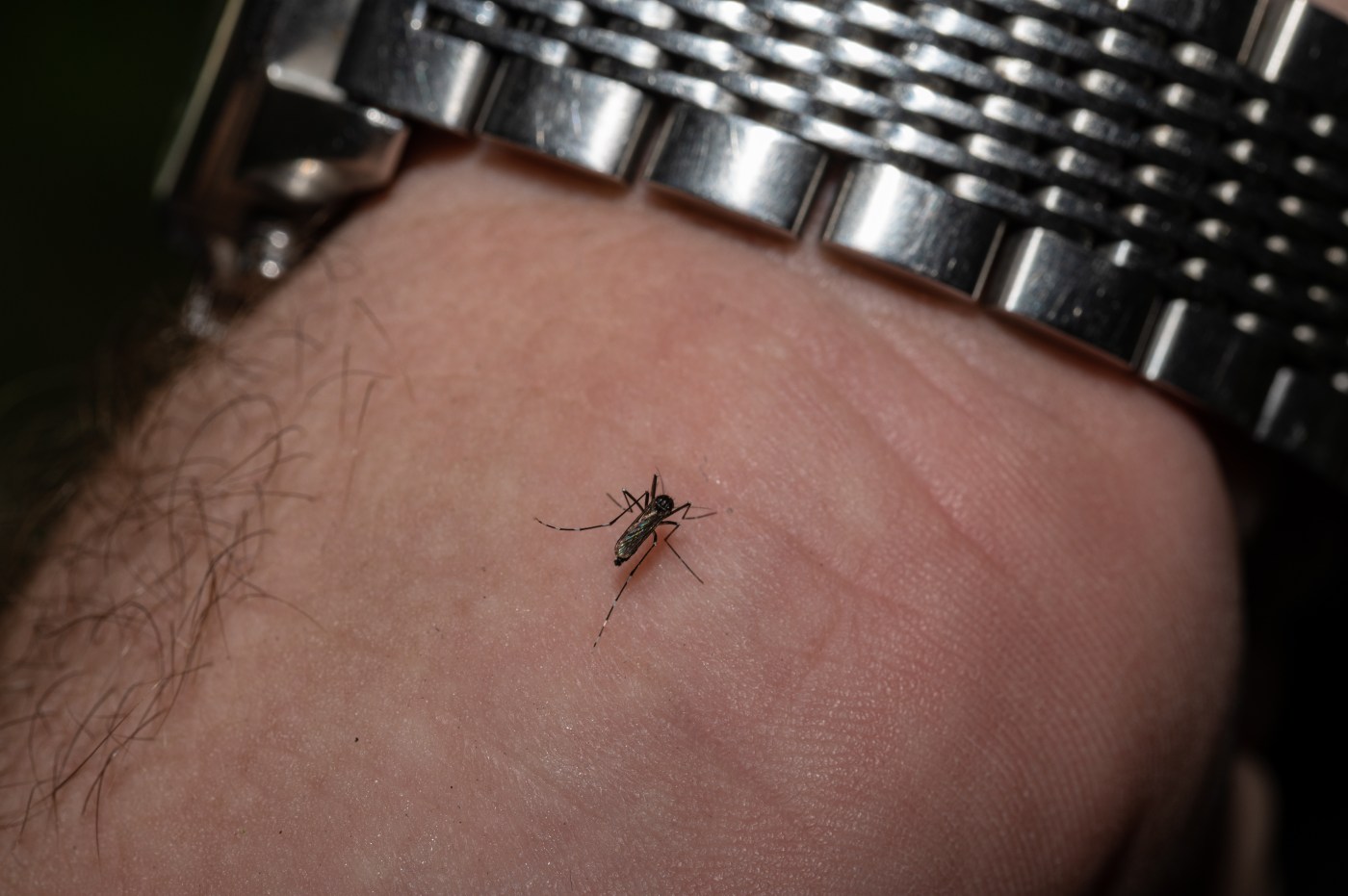
State plans to conduct wide mosquito spraying in Plymouth, Worcester counties amid EEE outbreak risk
The state will conduct widespread spraying for mosquito in parts of Plymouth and Worcester counties as fear of an outbreak of the deadly EEE virus rises, the Department of Public Health (DPH) and Department of Agricultural Resources (MDAR) announced Sunday.
“We have not seen an outbreak of EEE for four years in Massachusetts,” said DPH Commissioner Robbie Goldstein. “This year’s outbreak and activity raise the risk for communities in parts of the state. We need to use all our available tools to reduce risk and protect our communities. We are asking everyone to do their part.”
Ten communities have been raised to high or critical risk of Eastern Equine Encephalitis (EEE) — a “rare but serious and potentially fatal disease” spread to humans through infected mosquitos — virus by DPH as of Sunday, the departments stated.
The first human case this year was reported in a man in his 80s in Worcester County on Aug. 16, raising alarm throughout the region.
Planning for the spraying is still in the works, the state said, but is expected to begin the week of Aug. 26. Spraying, conducted by the State Reclamation and Mosquito Control Board with the assistance of MDAR, will start shortly after dusk and ending in the early morning.
Aerial spraying will take place in Carver, Halifax, Kingston, Middleborough, Plymouth, Plympton, Rochester and Wareham, the departments said.
Truck spray zones will be in Douglas, Dudley, Oxford, Sutton and Uxbridge.
In 2019 and 2020, during the last EEE outbreak in Massachusetts, 17 humans were infected and seven died.
The state will use the pesticide Anvil 10+10 “an EPA-registered product extensively tested and used in both ground-level and aerial spraying in the U.S. to control mosquitoes,” in a ultra-low volume aerosol, the departments said.
DPH and MDAR stated it is “unlikely a person would be exposed to amounts that would cause adverse health effects” and special precautions are “unnecessary.” Fruits, vegetables and water exposed to the spray area are considered safe to consume, and pets can be brought inside to minimize exposure but it is “not necessary.”
However, the departments added, people with sensitivity to chemicals or respiratory conditions like asthma are encouraged to stay indoors during spraying. Residents with small fishponds or beehives should consider applying covers to shield the animals, they said.
MDAR Commissioner Ashley Randle said the state must take “decisive action to protect public health,” noting the spraying will target mosquitoes carrying the EEE virus.
Related Articles
Keeping young athletes, active kids safe in hot weather
Smart ingredient swaps for healthy fall baking
Traveling to die: The latest form of medical tourism
Hundreds of thousands of parents died from drugs. Their kids need more help, advocates say
The politics holding back Medicaid expansion in some Southern states
“While these measures are crucial for reducing transmission risk, it’s vital for everyone to stay vigilant and follow personal protection guidelines to safeguard our community,” Randle said.
To minimize risk, residents are encouraged to apply insect repellant outdoors, be aware of peak mosquito hours in the evening, drain standing water where mosquitos may breed, repair screens to keep the bugs out of your home and take other precautions.
More information on the spraying and tips to minimize risk is available on the mass.gov Mosquito Control and Spraying page. Residents can also find resources through DPH, MDAR or local health boards.
DPH commissioner Robbie Goldstein, MD, PhD. (Stuart Cahill/Boston Herald, File)


